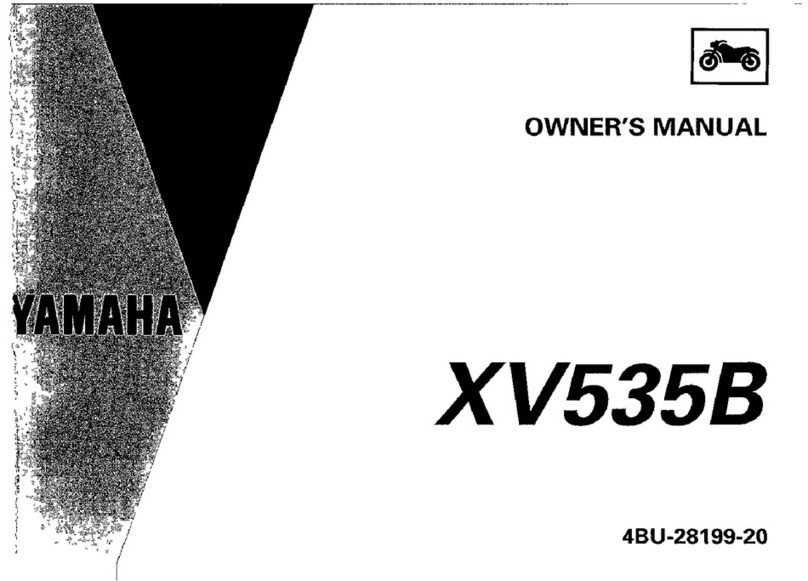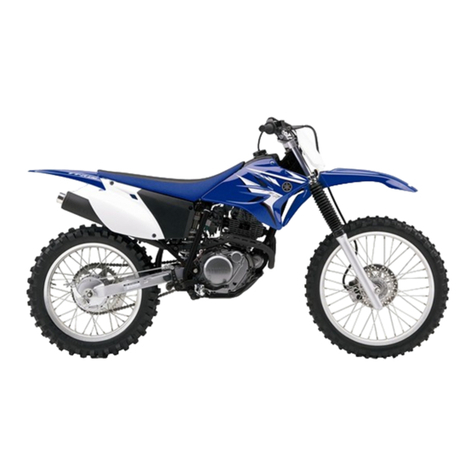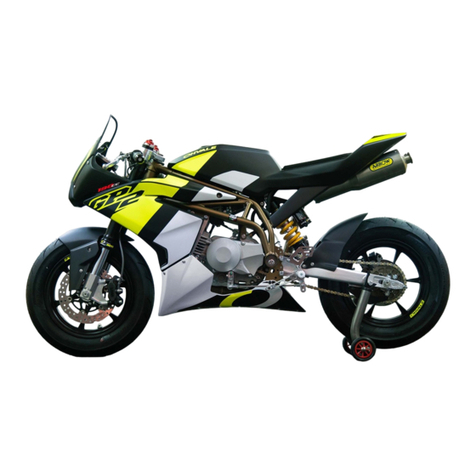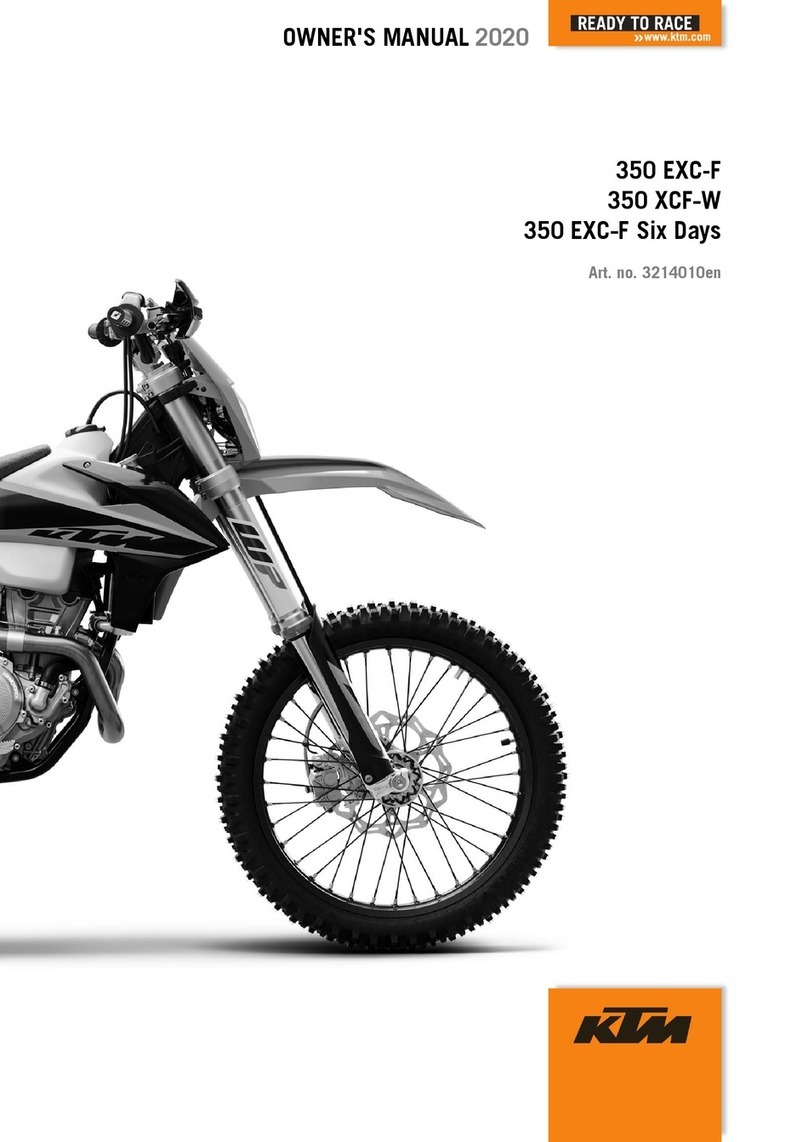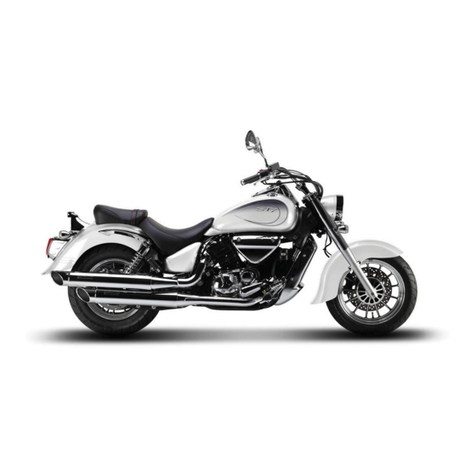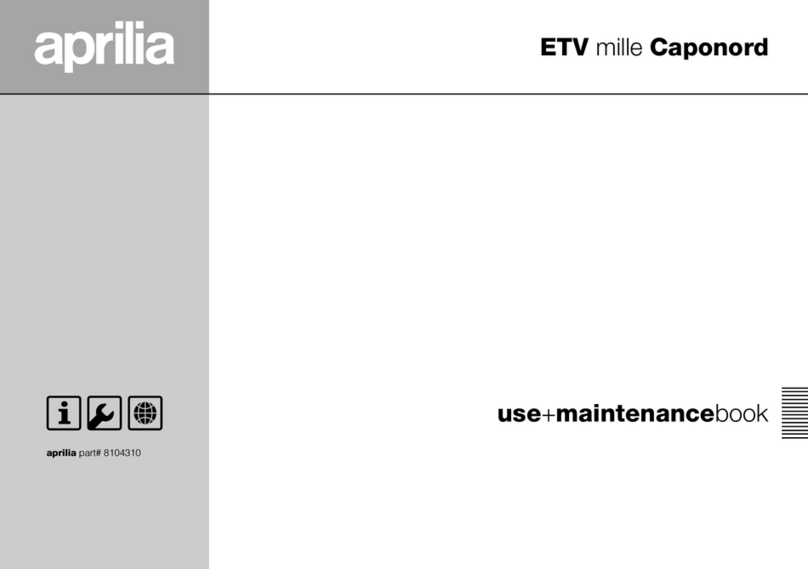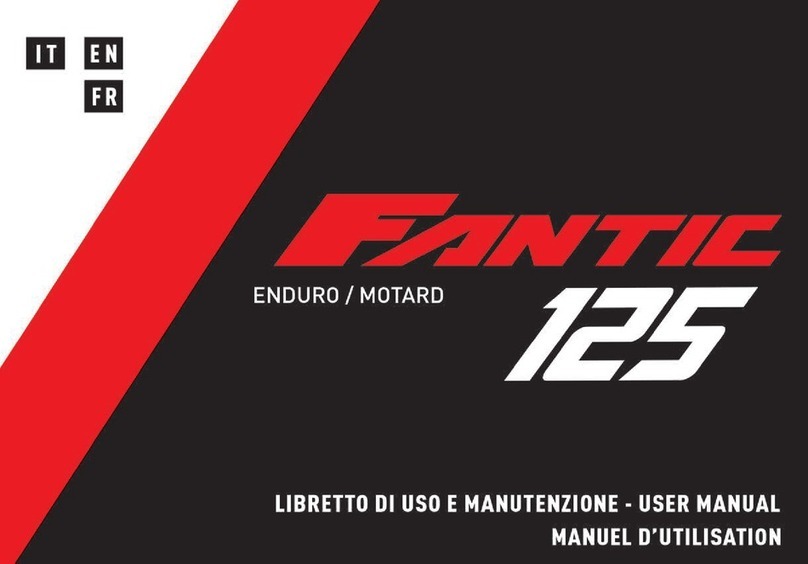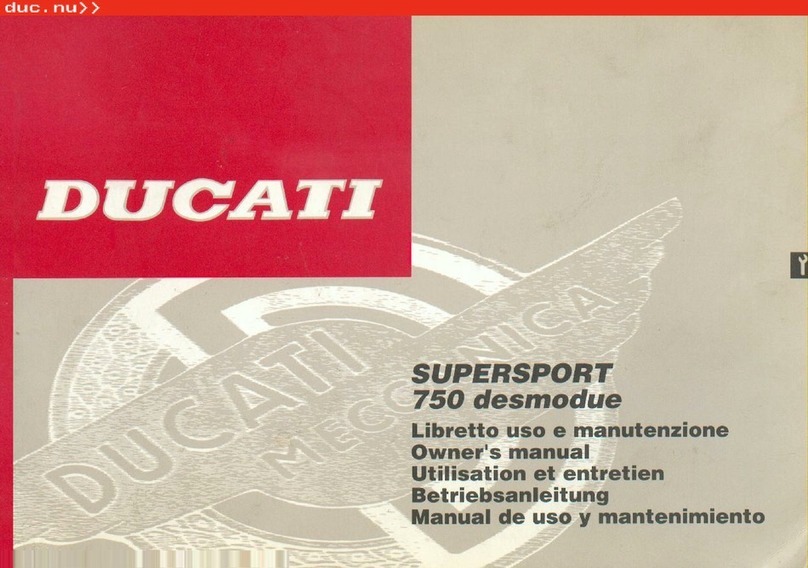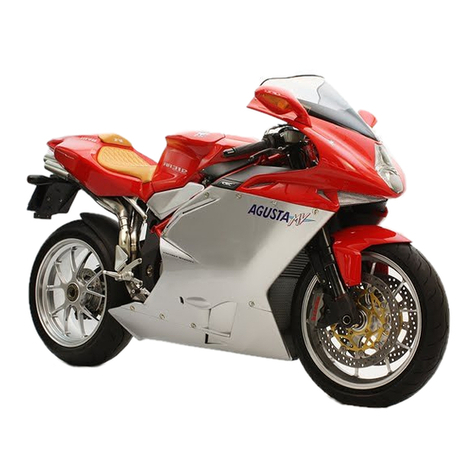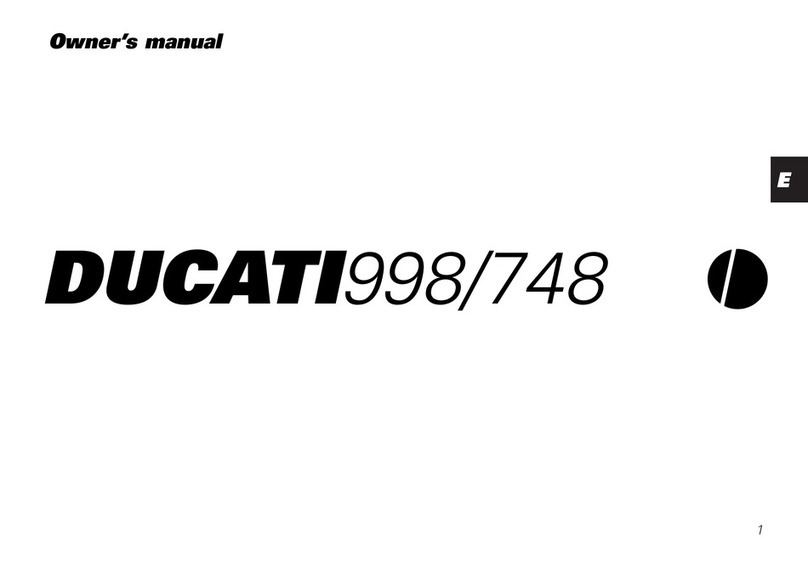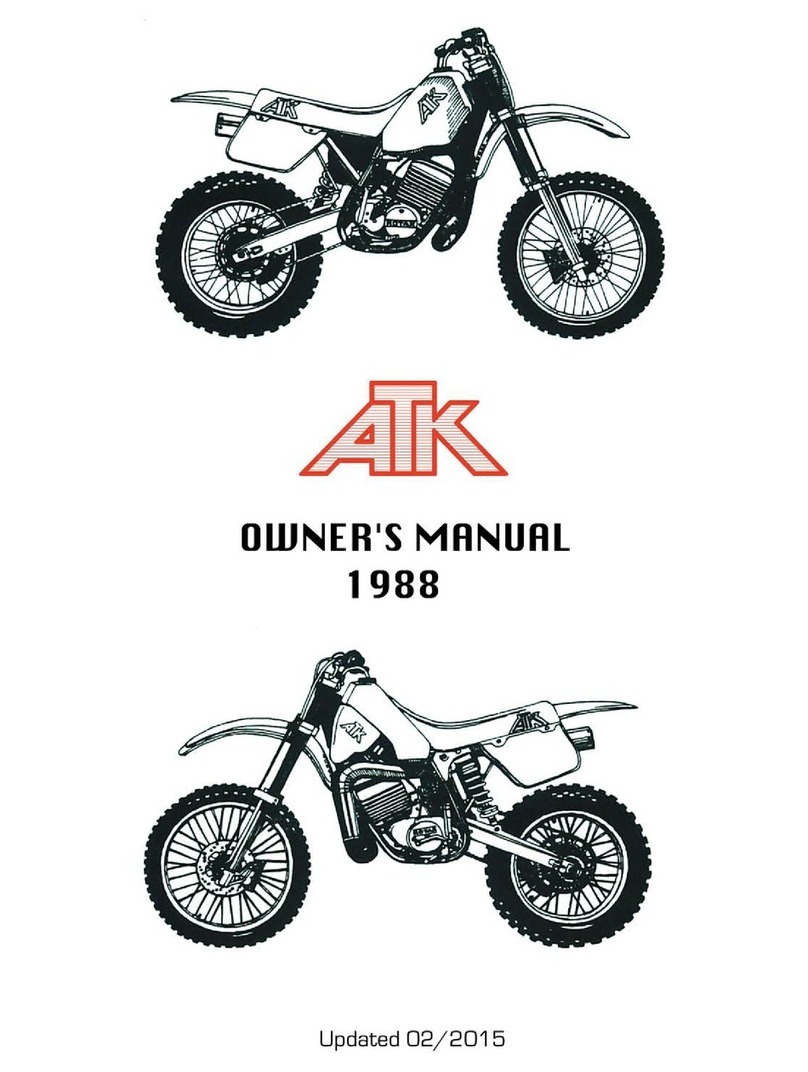Yamaha TT500C 1976 User manual
Other Yamaha Motorcycle manuals
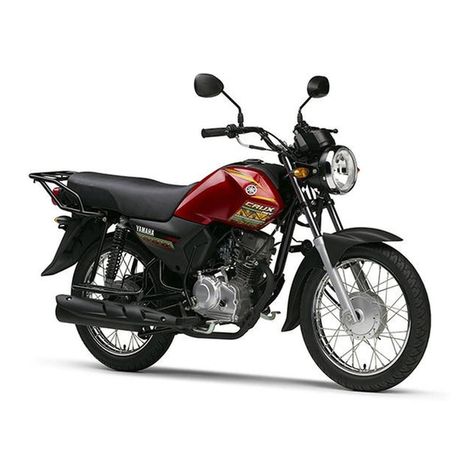
Yamaha
Yamaha Crux S User manual

Yamaha
Yamaha Venture XVZ13TFS User manual
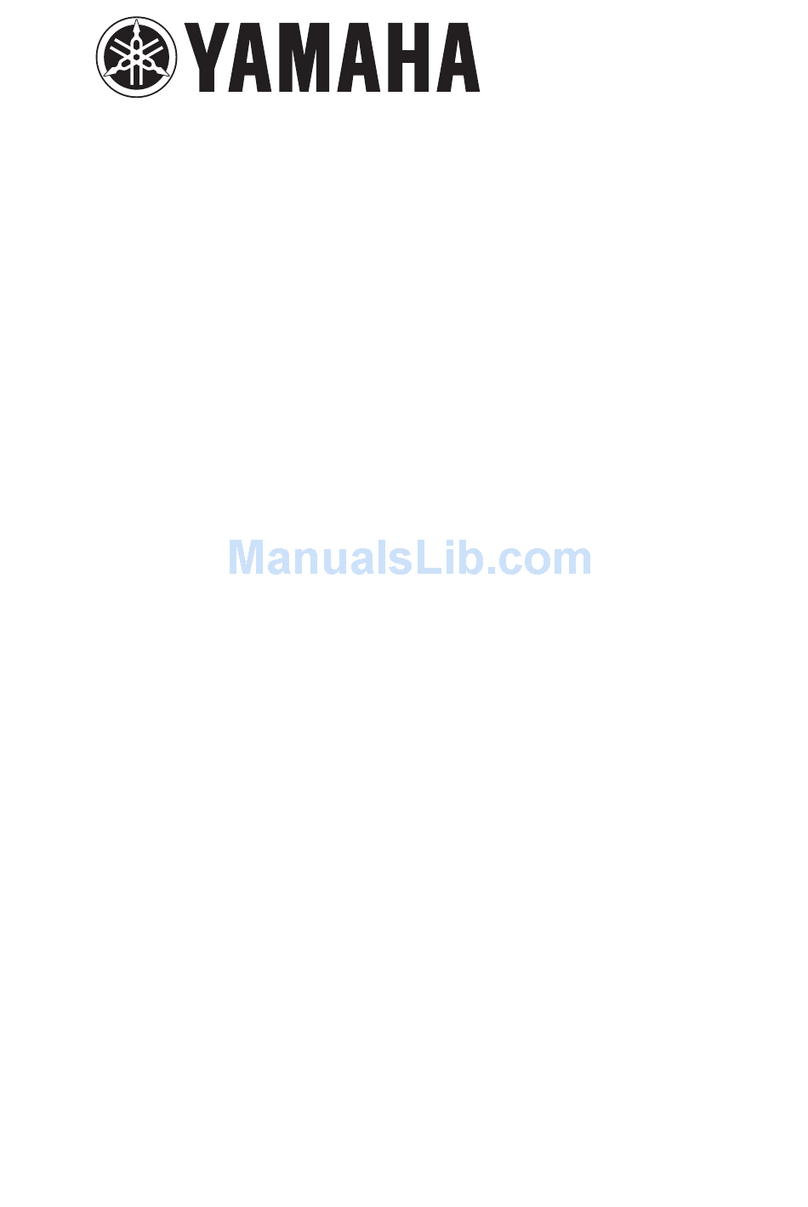
Yamaha
Yamaha YBR125ED 2005 User manual
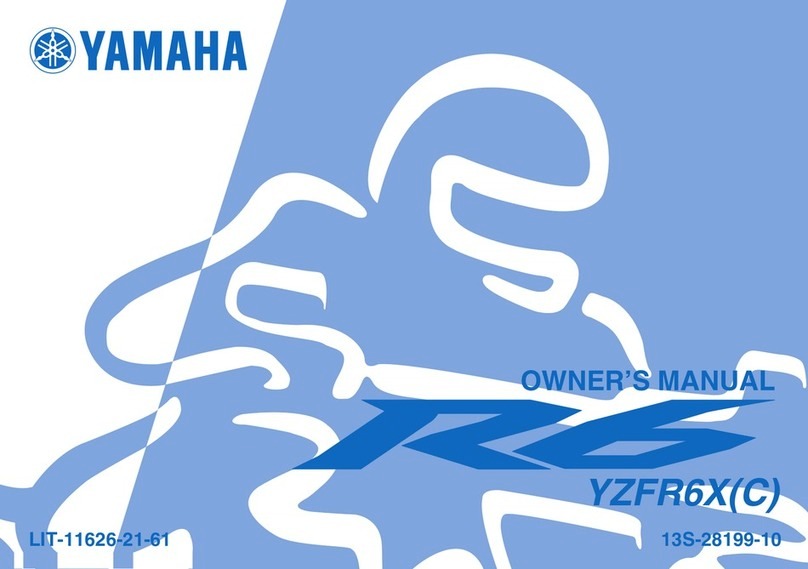
Yamaha
Yamaha YZFR6X(C) User manual
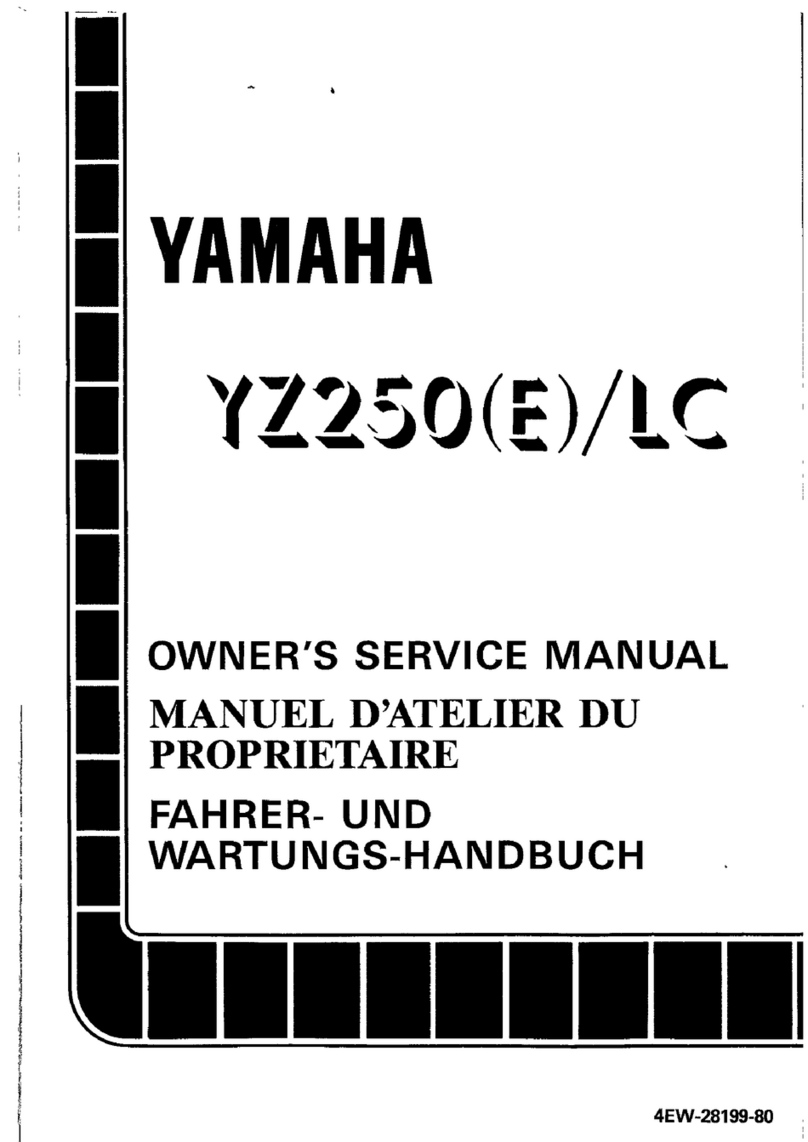
Yamaha
Yamaha 1993 YZ250E/LC User manual
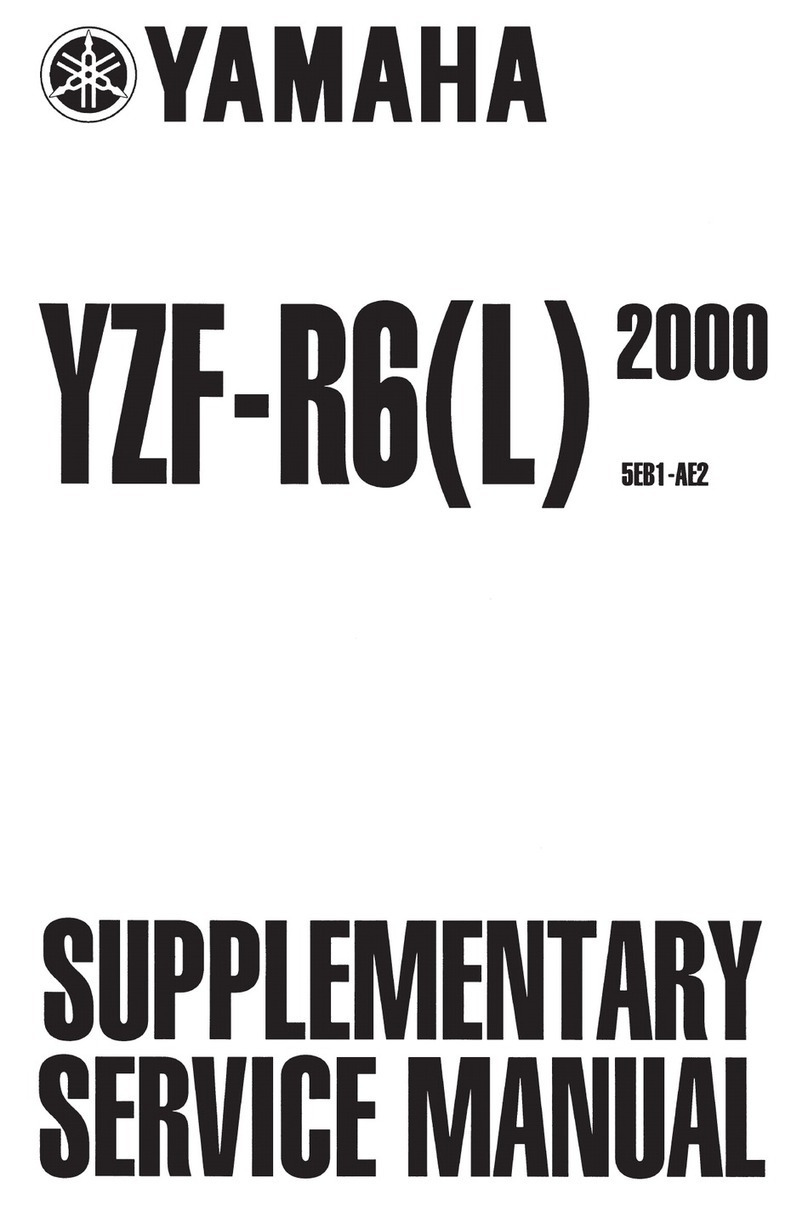
Yamaha
Yamaha YZF-R6 L 2000 User manual
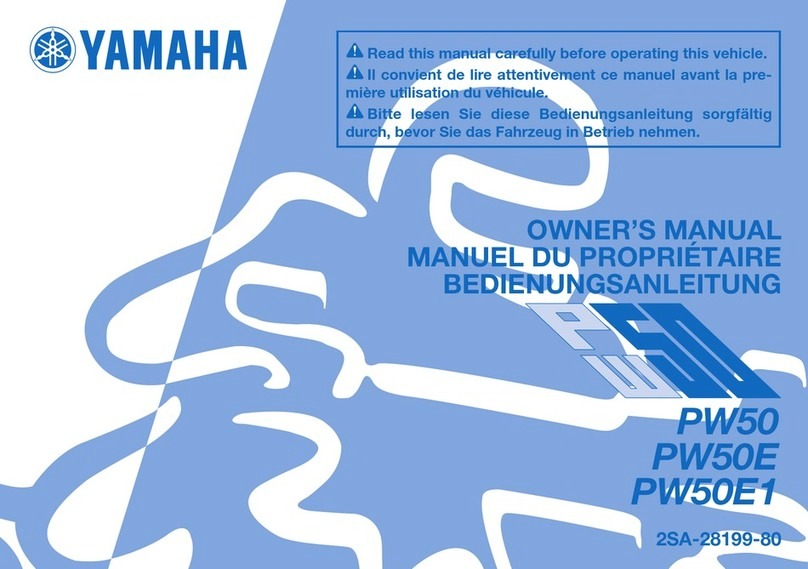
Yamaha
Yamaha PW50 2013 User manual
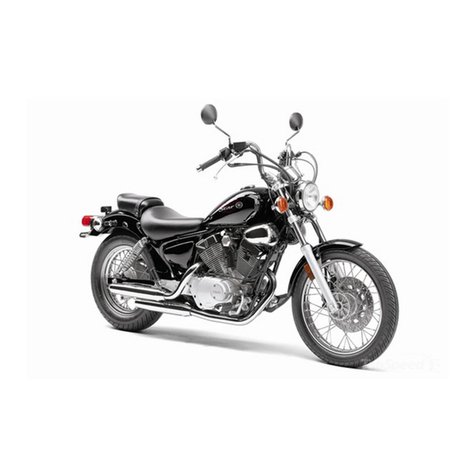
Yamaha
Yamaha 2011 Star XV250A User manual
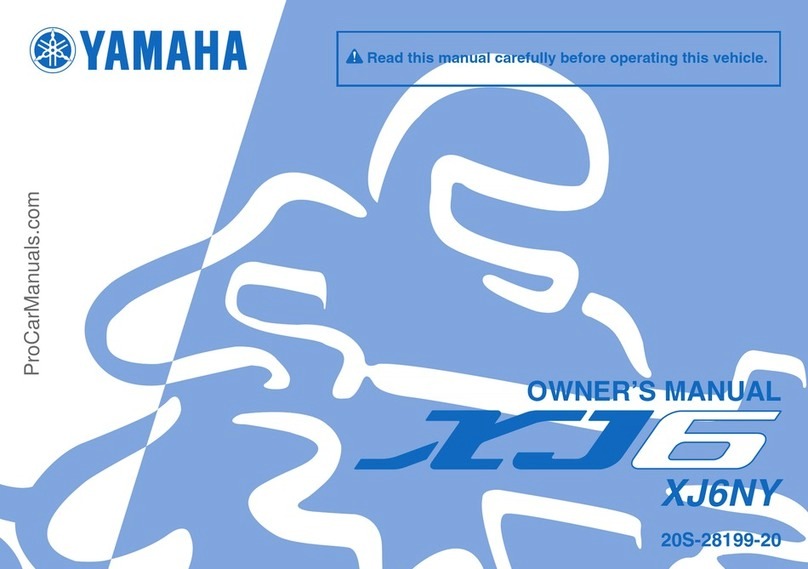
Yamaha
Yamaha XJ6 2008 User manual
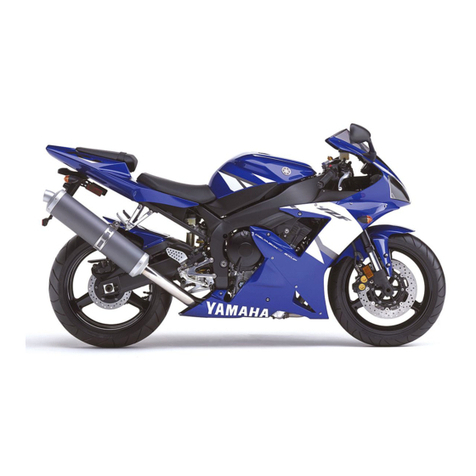
Yamaha
Yamaha YZF-R1P 2001-2003 User manual
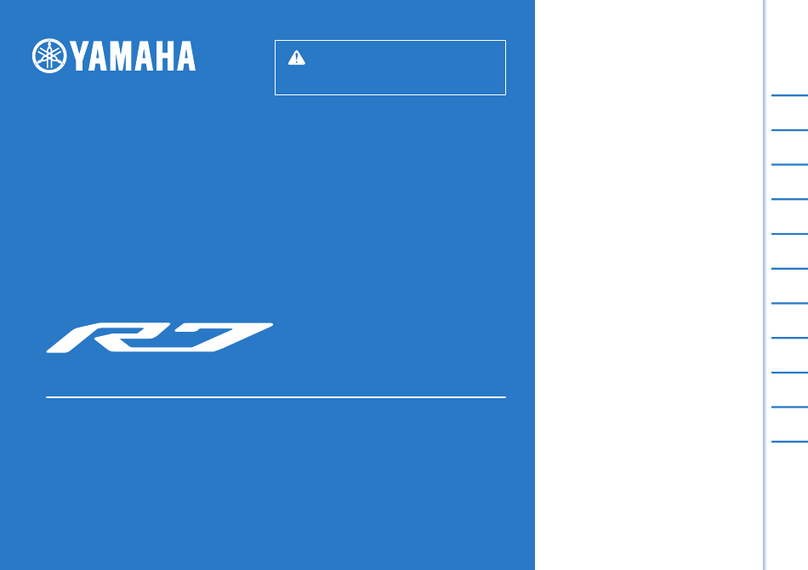
Yamaha
Yamaha R7 2024 User manual

Yamaha
Yamaha TT-R125(R) 2002 Application guide

Yamaha
Yamaha star XVS13CE User manual

Yamaha
Yamaha YZ85 2021 User manual
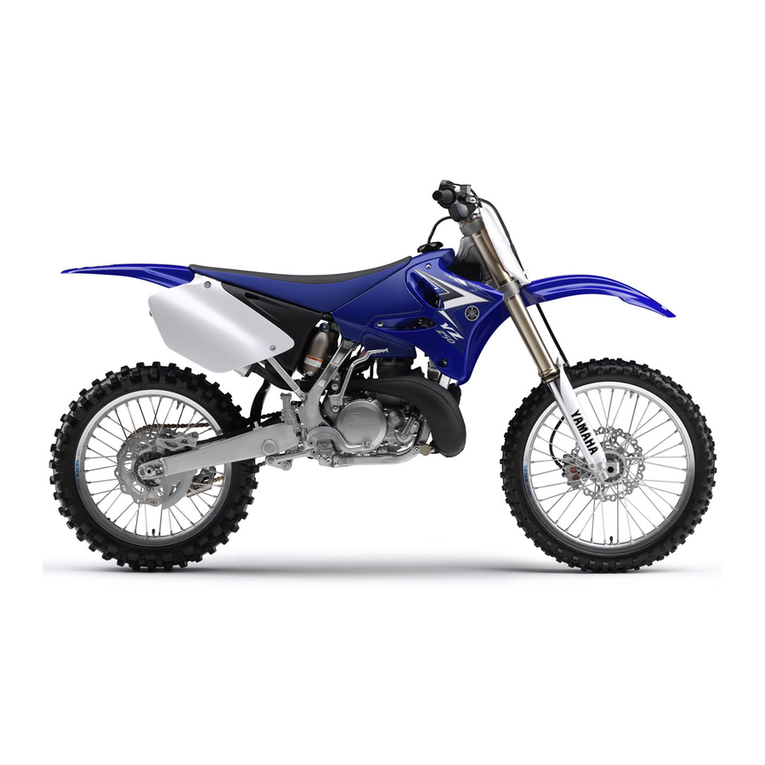
Yamaha
Yamaha YZ250 Application guide
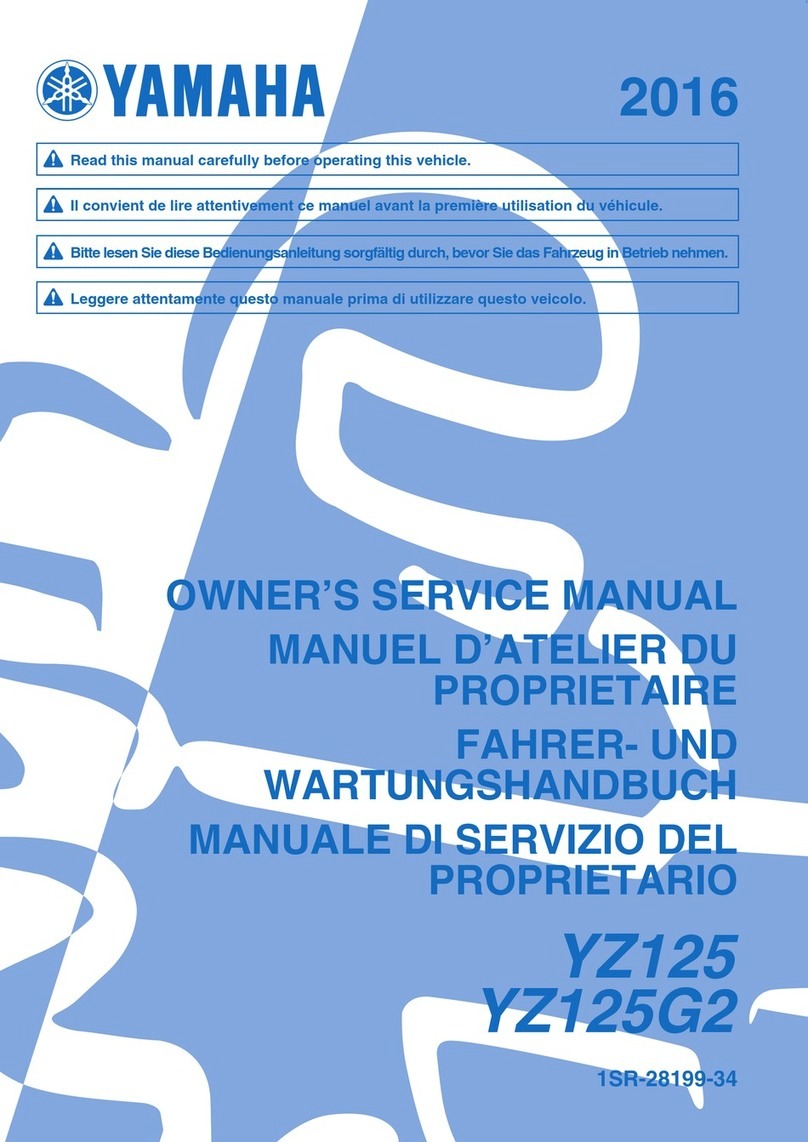
Yamaha
Yamaha YZ125 2016 Application guide

Yamaha
Yamaha YZF-R1V Manual

Yamaha
Yamaha FAZER FZ1-S User manual
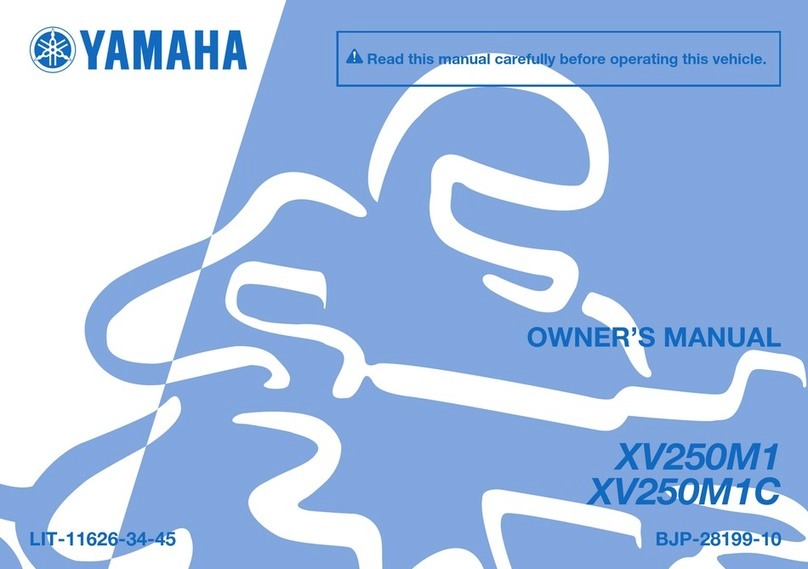
Yamaha
Yamaha XV250M1 2020 User manual

Yamaha
Yamaha 2005 BT1100 Manual
Popular Motorcycle manuals by other brands

MV Agusta
MV Agusta Brutale 675 Workshop manual
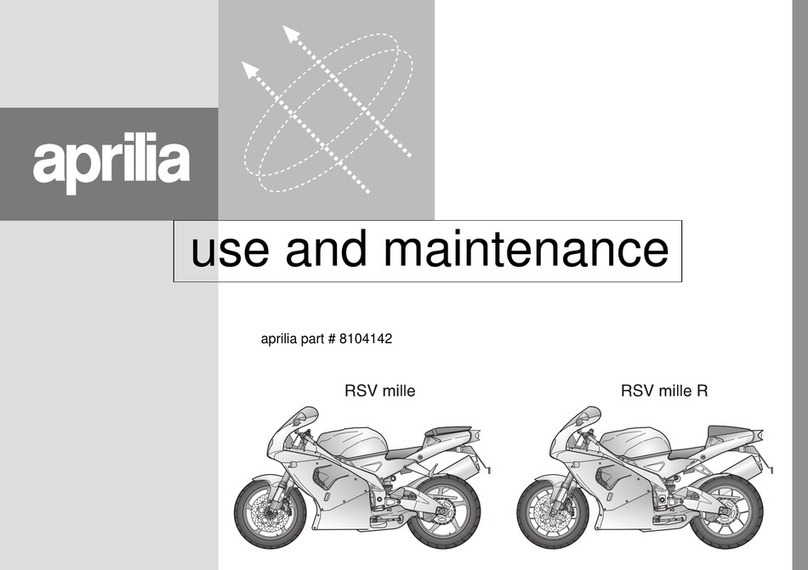
APRILIA
APRILIA RSV MILLE - PART 1 1999 User manual content
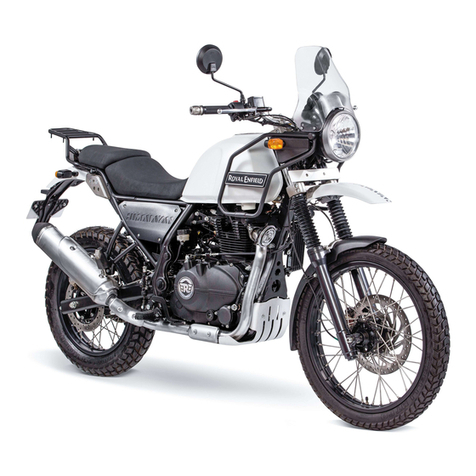
Royal Enfield
Royal Enfield Himalayan 2018 owner's manual
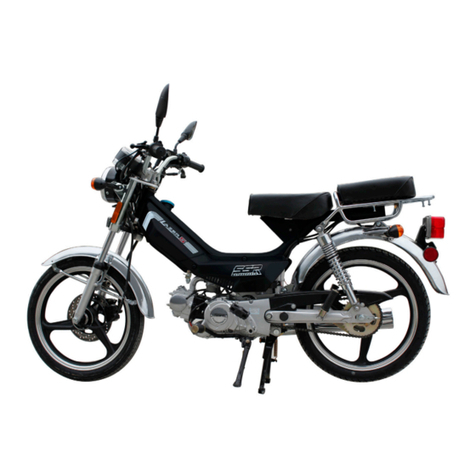
SSR Motorsports
SSR Motorsports Lazer5 owner's manual

MOTO GUZZI
MOTO GUZZI 2005 Griso 1100 Use and maintenance book
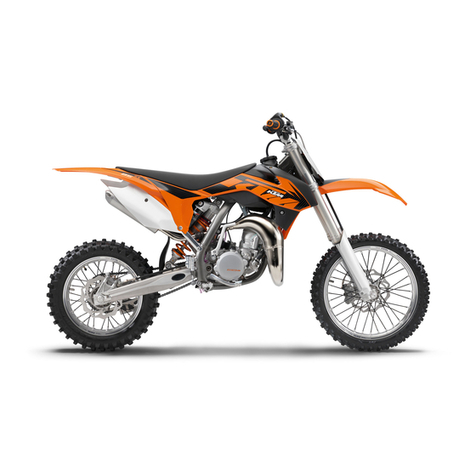
KTM
KTM 85 SX 19/16 owner's manual

